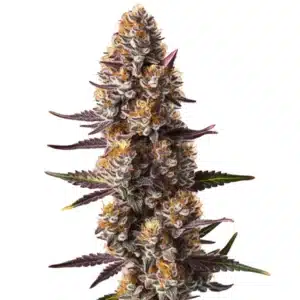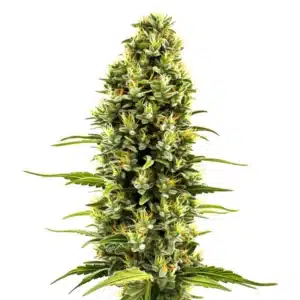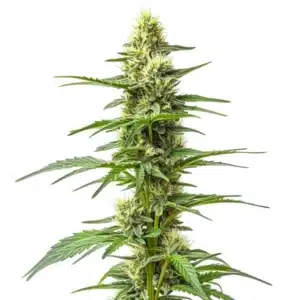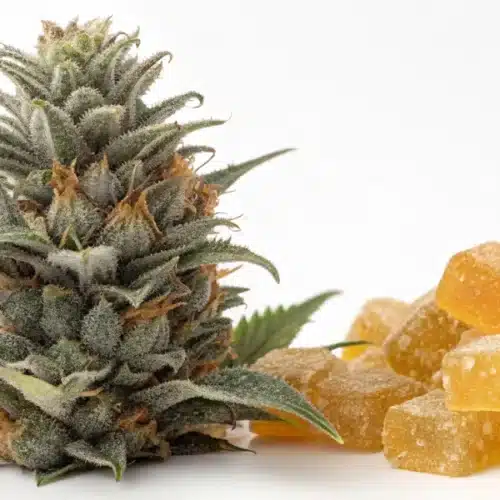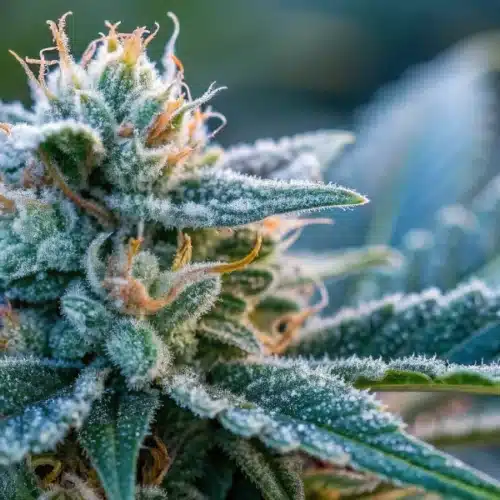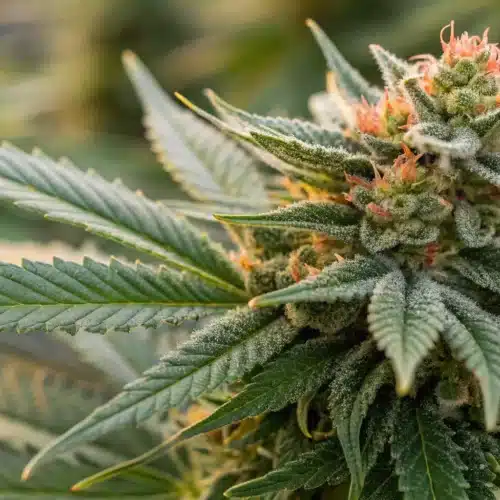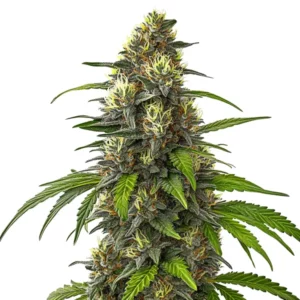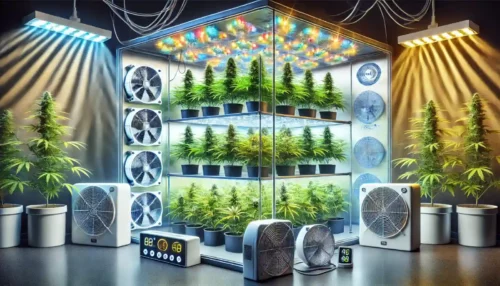When asking how big should my plants be after 4 weeks indoors, it’s important to consider strain genetics. Typically, indoor cannabis plants reach between 12 and 24 inches in height by week 4. Indica strains tend to be more compact, with shorter internodal spacing, while sativas stretch higher and show rapid vertical pacing between nodes. This difference is due to their genetic blueprint sativas naturally develop longer structures, which translates into greater distance between sets of leaves.
Autoflowering varieties, are usually smaller, staying under 16 inches by week 4, especially if lighting, nutrients, or root development were suboptimal from the start. One useful tip from expert growers is that a cannabis plant grows upwards only as far as its roots can grow downward meaning that loose, well-aerated soil contributes directly to faster and stronger vertical growth.
What to Expect from Different Grow Methods
Your growing medium plays a major role in the early development of cannabis. In soil, plants often grow a bit slower at first, usually reaching the lower end of the 12–24 inch range by week 4. In contrast, hydroponic setups often accelerate early growth due to direct access to oxygenated nutrients, pushing plants past 20 inches in the same timeframe.
Coco coir provides a balanced experience faster root expansion than soil, with strong vegetative development if nutrients and pH are dialed in. Regardless of method, the fourth week is crucial, as this is when the plant enters maturity and may begin to show signs of sex, especially in photoperiod strains grown from regular seeds.
Growth Benchmarks
Expected Sizes
By week 4, healthy indoor cannabis plants typically range from 12 to 24 inches tall, though this will vary by genetics and grow style. Sativas might edge toward the higher end, while indicas remain stockier. Autoflowers may remain below 16 inches unless heavily optimized. But remember: height alone isn’t the only indicator of health you should also assess leaf density, node development, and lateral branching.
After four weeks, the plants should exhibit multiple nodes, indicating robust growth. If your plants are on the smaller side, don’t panic just yet. Many growers experience variations, and these differences can be attributed to environmental factors and growing techniques. Keeping a close eye on your plants during their early weeks will help you gauge their progress.

Key Growth Indicators
Your plants should be displaying 4–6 sets of true leaves, strong secondary branches, and thick, upright stems. According to experienced growers, healthy leaves always point upward at a 10 and 2 o’clock angle a sign your plant is in its “happy hour.” In contrast, drooping or discolored leaves could be early warnings of issues.
Additionally, leaf color should remain vibrant green. Pale or yellowing leaves could point to nitrogen deficiencies or improper light distance, while spotting and curling may hint at nutrient imbalance or pH problems.
Promos & Deals
Comparing Your Week 4 Plants to Healthy Standards
Visual Signs of Healthy Growth at Week 4
At four weeks, your plant should look lush and structured. Expect clear lateral branching, dense foliage, and upward-facing leaves. Stem thickness is another vital clue thick stems suggest healthy nutrient uptake and good airflow, while thin, spindly stalks may indicate poor lighting or overcrowding.
Early Signs Your Plants Might Be Falling Behind
If your plant seems underdeveloped compared to the expected benchmarks, take action quickly. Stretching stems, pale leaves, or only 2–3 leaf sets at this point may signal a deeper issue light deficiency, poor root health, overwatering ,pH imbalance, or overwatering. It’s not just about asking “how tall,” but also assessing vigor and structure. Plants falling behind at this stage can still bounce back if you act quickly.
Factors Affecting Growth
Light and Nutrients
The key to vigorous growth by week 4 lies in consistent, adequate lighting and a balanced nutrient regimen. Use full-spectrum LED lights and keep them at the proper distance (usually 18–24 inches from the canopy at this stage) to prevent light burn or stretching.
Nutrient-wise, focus on providing nitrogen-rich formulas during weeks 2–4, which encourages leaf development and strong vertical growth. Just don’t overdo it excess nitrogen can cause “stretchy” plants with weak stems.
Expert Tips to Boost Growth in the First Month Indoors
Topping and Training for Better Growth
Around week 3–4, many indoor growers begin topping or low-stress training (LST) to shape their plants. Topping helps redistribute energy to lower branches, creating a bushier and more productive plant. LST gently bends stems to expose more bud sites to light and create a flat canopy.
If you’re not seeing the size you expect, these techniques can help redirect growth without relying solely on vertical expansion.
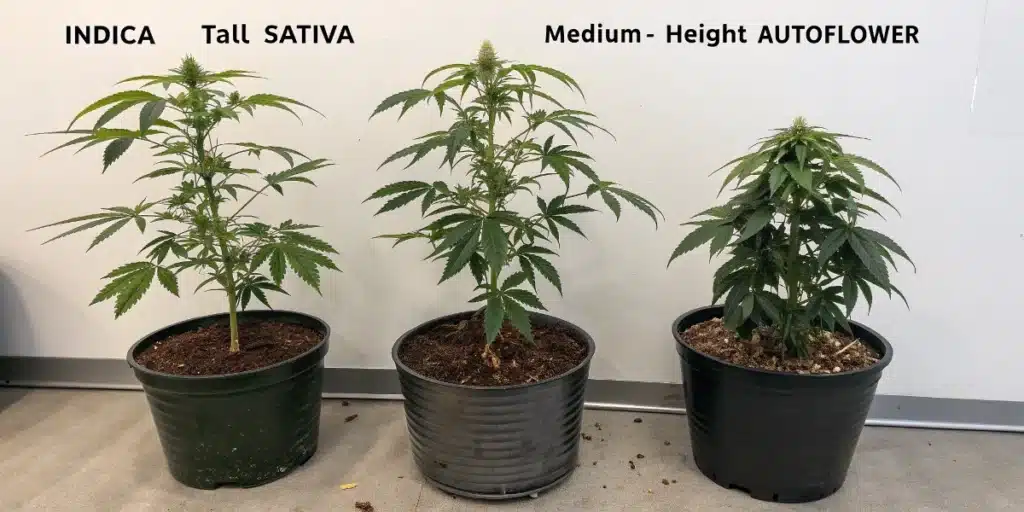
Fine-Tuning the Environment
Environmental control is critical. Keep temperatures in the 72–78°F (22–26°C) range, and humidity between 55–70%. Airflow matters too: gentle fan movement strengthens stems and prevents mold.
If you want to go a step further, monitor your VPD (vapor pressure deficit) for more accurate control over plant transpiration and nutrient uptake. This advanced technique can accelerate growth and reduce issues related to over- or under-watering.
Troubleshooting Growth Issues
Common Problems
Even the most seasoned growers encounter issues during the growth phase. The key is to identify and rectify these problems as quickly as possible. If your plants are smaller than expected after four weeks, consider factors such as light intensity, nutrient deficiencies, and environmental conditions.
For instance, inadequate light can cause your plants to stretch towards the light source, resulting in lanky growth. Conversely, too much light can lead to light burn, impacting leaf health and overall growth. Regularly adjusting your lights and ensuring they are at the correct distance from the plants can help mitigate these issues.
Additionally, pests and diseases can significantly affect growth. Inspect your plants regularly for signs of infestations, such as webbing or discolored leaves. Addressing these problems promptly can help your plants recover and continue their growth trajectory.
Small plants by week 4 are not a death sentence but they’re a sign to check your setup. Look into:
- Light too far → causes stretch
- Light too close → causes stress or bleaching
- Poor soil structure → restricts root expansion
- Overwatering → suffocates roots and slows growth
- Wrong pH → blocks nutrient uptake
By adjusting your lighting position, watering schedule, and nutrient/pH balance, you can often get your plants back on track quickly.
FAQs
How do I know if my plants are growing properly?
By week 4, cannabis plants should be 12–24 inches tall, with 4–6 sets of healthy leaves, upright stems, and lateral branching. Leaf color should be vibrant green, and leaves should be angled upward. Stems should feel firmnot floppy.
What should I do if my plants are too small?
Evaluate light intensity, soil structure, and watering habits. Also check your pot size and root development the plant can only grow as much as its roots allow, so tight or compacted soil may be the limiting factor.
How can I maximize my plants’ growth during the first month?
Use top-tier LED lighting, dial in your environment (temp/humidity), and feed with veg-stage nutrients. Incorporate LST or topping to promote horizontal growth and boost potential bud sites. Don’t forget airflow ventilation is critical for strong, fast-growing plants.

